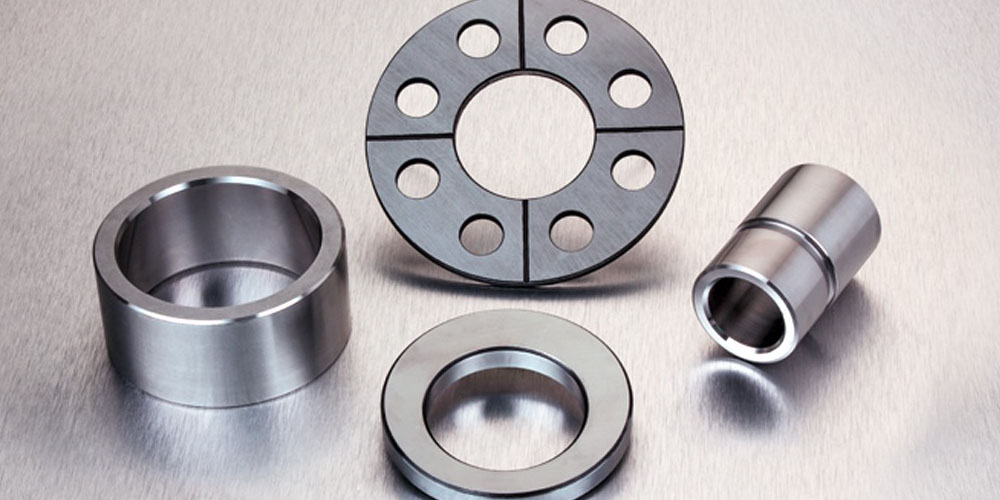The manufacturing industry has changed immensely since the introduction of CNC machining. The process has more benefits than traditional manufacturing, such as high accuracy, efficiency, short lead time, and great versatility. The machined parts developed are fine, with intricate details are affordable. During the machining process, few errors or none at all are encountered, unlike in other processes. Such reasons attract many companies; hence the production of these parts has increased worldwide. We look at what to consider before producing machined parts below.
Factors to Consider Before Producing Machined Parts
A successful machine parts production relies heavily on what happens before the actual activity. Understanding the process first and the details involved is vital. Other factors are;
1. Type of production machine
The industrial sector has numerous machines controlled by computers. This would easily place them under the CNC machines category, but we focus on the CNC milling machine and CNC lathe machine in this case. Both machines produce machined parts by removing parts and remaining with the desired product; however, the steps taken differ. The mill cuts differently from the lathe, and the tools required also vary. Before the machining begins, it's important to settle for your preferred machine and know the accumulative costs of the entire procedure.
2. Number of machine operations
The development of products varies from one to another. Similarly, not all machined parts are produced in the same fashion. Some go through a single process, while others need to be back in the machine several times to get the desired part. When designing the parts, consider the machine operations and keep them minimal. If a part has to be machined more than twice or go through many different machines, redesigning it is the best option. It also cuts down on the overall costs and time is taken.
3. Features of the parts
Machined parts have different features depending on the capability or purpose. Some of the primary features are holes and radii. As a designer, create holes whose drill sizes are standard and don't make their bottoms flat. Deep holes are not ideal in machining as the chips prove hard to remove, and the tool can also break. In addition, partial holes can cause drifting of the tool, considering they are on the part's edge. For radii, use a large radius when machining a pocket to increase speed and slow down the deforming rate.
4. Choice of material
Since CNC machining is versatile, manufacturers use different materials to produce parts. The primary materials are metal and plastic. Metals such as aluminum, titanium, and others create good quality parts, but they have distinct characteristics. Your choice of material is dependent on the kind of part you want, design for manufacturing principle, and cost. Plastic is cheaper than metal and is easier to the machine. If the machined parts don't require significant mechanical properties, use simple materials to save on cost.
Conclusion
Be keen on the factors above, especially during the designing phase. They help develop parts suited for the particular machines and with features that match their task. Also, you can identify the overall cost of production and cut down the cost if it's too high. You can either redesign the part or use a cheaper or less superior material that is easy to produce.


